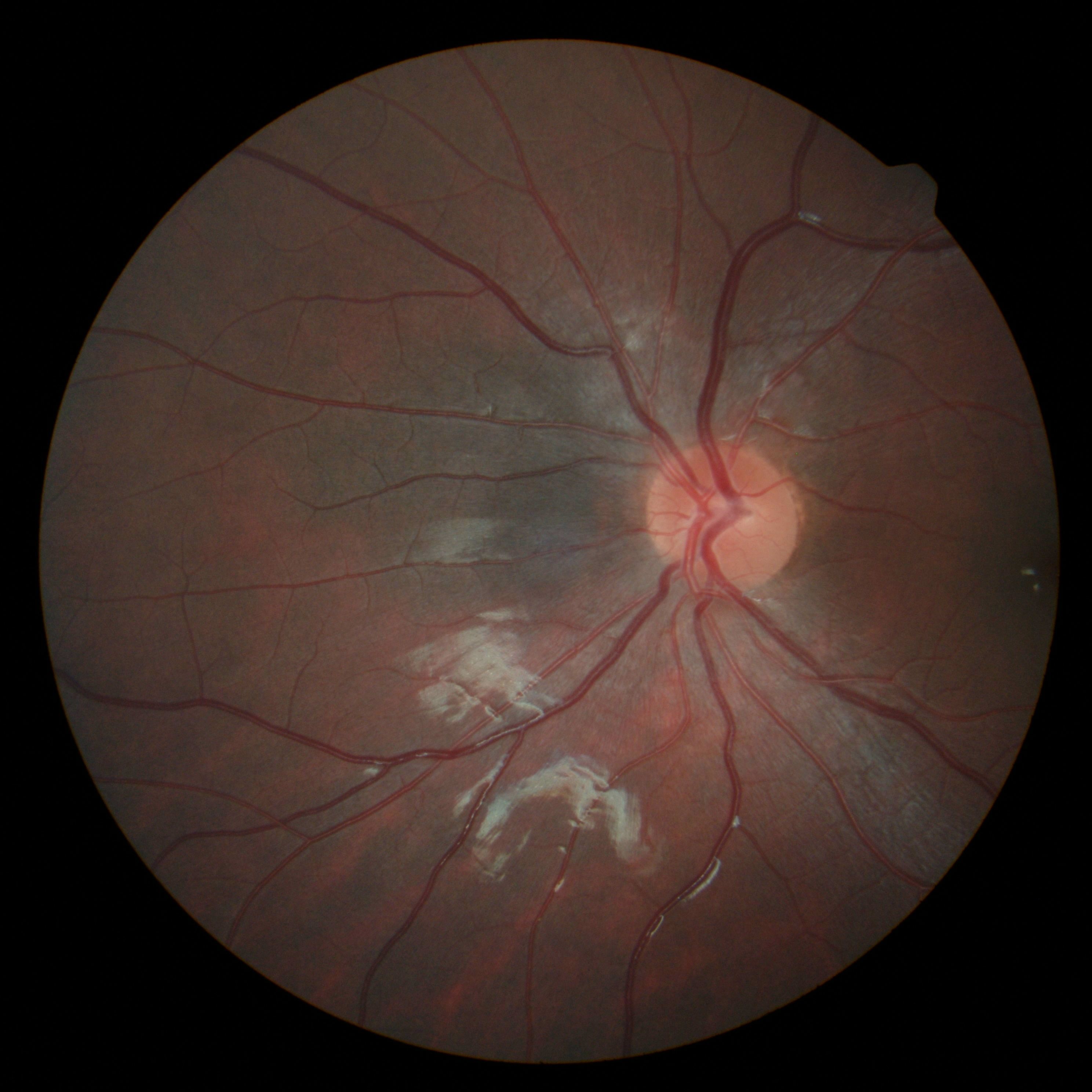Ocular melanoma in the US is about 6 persons per million according to Cancer Journal published in 2005. In comparison, melanoma of the skin is about 153.5 per million. Not only do ocular melanomas cause damage to the eyes and potential blindness, they are responsible for deaths of a significant proportion of affected patients. Dilated eye examinations are needed to detect choroidal nevi, while undilated examinations are not as useful due to the limited field of view. These detections for choroidal nevi are important because of the severity of the consequences.
“Choroidal nevi are quite frequent in white individuals, with an estimated prevalence between 5% and 8%, but they are estimated to show low rate of malignant transformation, only 1 in 8845 [11]. However, giant choroidal nevi (10 mm or more in diameter) were estimated to transform into melanoma in 18% over 10 years.” – Int J Clin Exp Pathol. 2013; 6(7): 1230–1244.
The importance of dilated eye exams cannot be understated. It is still the gold standard for evaluating the ocular health of the retina and other structures. Those patients that do have choroidal nevi or “freckles” in the retina, it is imperative that regular dilated exams are done to check for stability in appearance. Even though the transformation potential is low, the ramifications can be, in this case, lethal.

